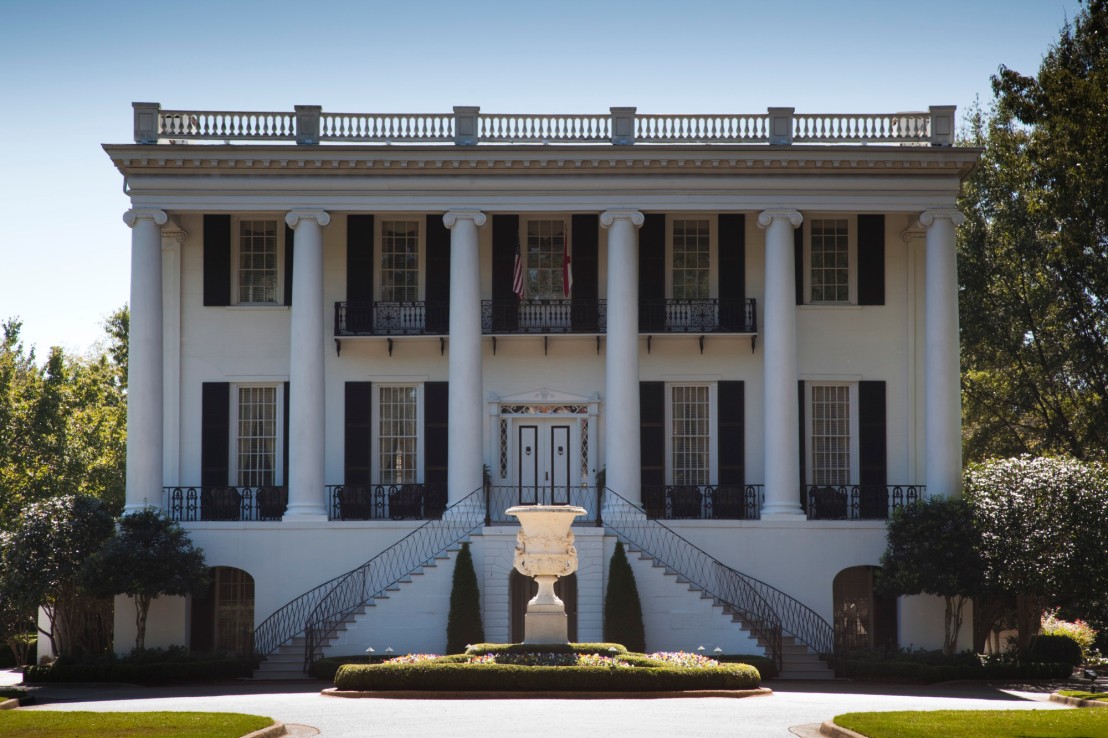 Tomorrow will mark my first ever visit to an archive and in preparation I have begun developing some research questions and associated research goals. In class on Monday, we discussed the evolution of student life and I found that the subject interested me. Therefore, I decided that I might like to research this topic further in the archives. Furthermore, I realized that since this topic is so broad, it might be helpful to narrow my search towards a certain area of student life. Specifically, I am interested in studying the history of Greek life at Santa Clara University to see how this system has evolved over time.
Tomorrow will mark my first ever visit to an archive and in preparation I have begun developing some research questions and associated research goals. In class on Monday, we discussed the evolution of student life and I found that the subject interested me. Therefore, I decided that I might like to research this topic further in the archives. Furthermore, I realized that since this topic is so broad, it might be helpful to narrow my search towards a certain area of student life. Specifically, I am interested in studying the history of Greek life at Santa Clara University to see how this system has evolved over time.

Here are a few of my initial research questions:
How did Greek life begin on campus?
Was Greek life ever associated with the school officially? and If so, how did Greek life come to be unassociated with the school?
In what ways were fraternities and sororities of the past alike and different from those of today?
In evaluating these research questions, I will seek to understand the context of the documents that I view within the archive as well as within their original time. To do so, I will keep in mind some key points made by Tirabassi in her article, “Journeying into the Archives.”
 Firstly, Tirabassi says to consider “Who included this document in the archival record, and why?” This question is important because it seeks to determine the purpose or focus of a particular archive. Since not all documents are saved in an archive, the information which is omitted can be as telling as the information which is saved regarding the purpose of the archive.
Firstly, Tirabassi says to consider “Who included this document in the archival record, and why?” This question is important because it seeks to determine the purpose or focus of a particular archive. Since not all documents are saved in an archive, the information which is omitted can be as telling as the information which is saved regarding the purpose of the archive.
Additionally, Tirabassi says to consider “Why is this document included in this location?” This question seeks to determine if the document is part of a certain collection. For example, a collection of papers donated by a certain person, created or written by a certain person, associated with a certain event or institution, or in connection with a specific class. It is important to consider these distinctions since they relate to the context and implications of any item.
Lastly, Tirabassi says to consider “Who created this document originally and for what purpose/audience?” I believe this is the question which will most influence my rhetorical analysis of any document that I view. In the context of my research questions above, it would be very impotent to consider the creator of the document. For example, a document written by a fraternity member would probably have a different style and motivation than a document written by a school official.
 Considering that I have never been to an archive before, I do not know exactly what to expect. However, I feel that the questions raised by Tirabassi will serve as a good starting point for evaluation of any document regardless of its presence in an archive. My goal is not only to locate an item worthy of evaluation in a research project, but to engage in a process of contemplative investigation which will hopefully lead to a better understanding of Santa Clara University’s history and the experience of past students.
Considering that I have never been to an archive before, I do not know exactly what to expect. However, I feel that the questions raised by Tirabassi will serve as a good starting point for evaluation of any document regardless of its presence in an archive. My goal is not only to locate an item worthy of evaluation in a research project, but to engage in a process of contemplative investigation which will hopefully lead to a better understanding of Santa Clara University’s history and the experience of past students.
Matt,
Nice reflection. I think that your research sounds very interesting and am excited to see what you make of it. As a student at Santa Clara, I know that greek life was once part of the school, so it will be interesting to find out what exactly happened to make them disassociated with each other. I believe that Tirabassi brings up very valid points when she urges us to ask “who included this document in the archive and why?” as well as her question about the purpose and the audience of the document. I think that by asking ourselves these questions during the research process, we are able to think deeper about the archival documents/objects and come to conclusions that we might not have reached without those questions in mind.
Looking forward to seeing what you find!
LikeLike